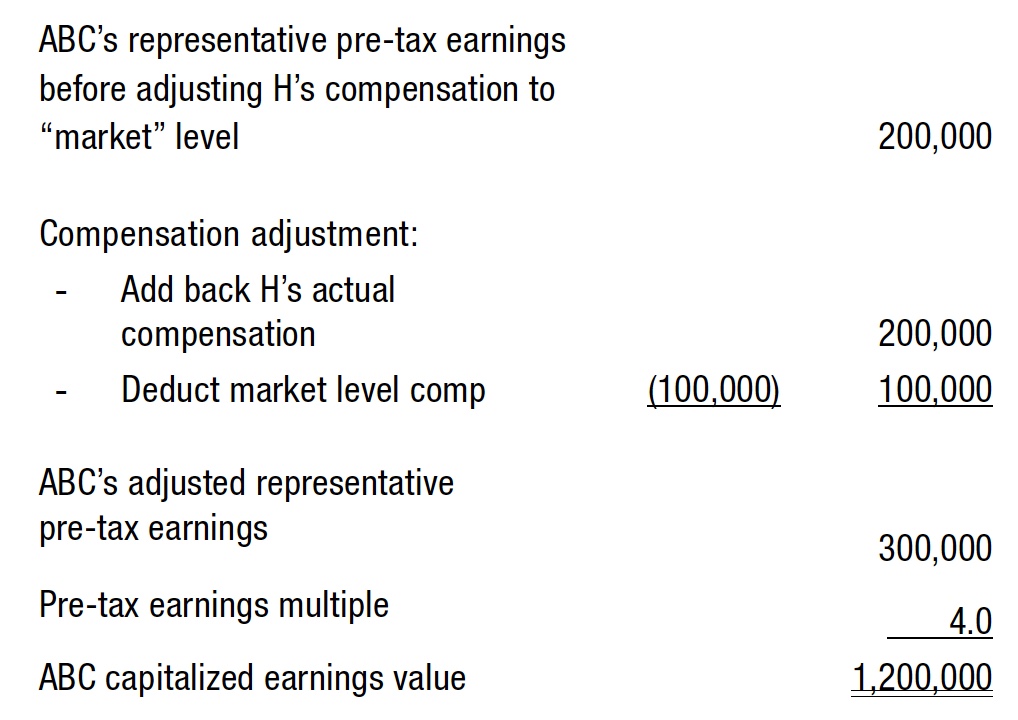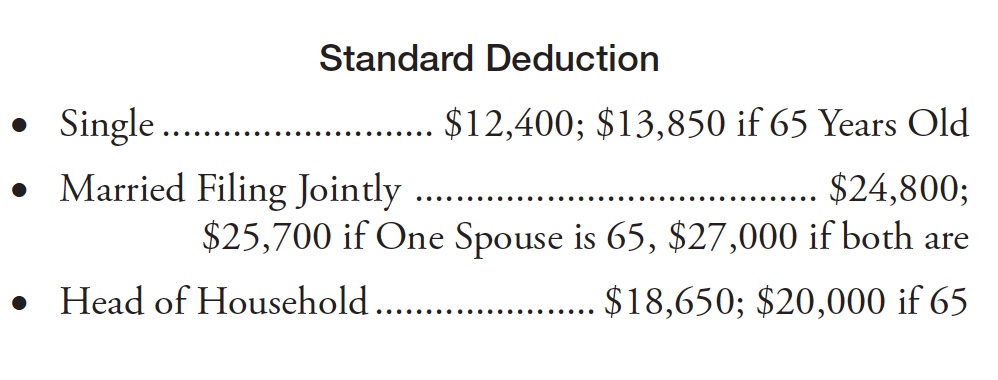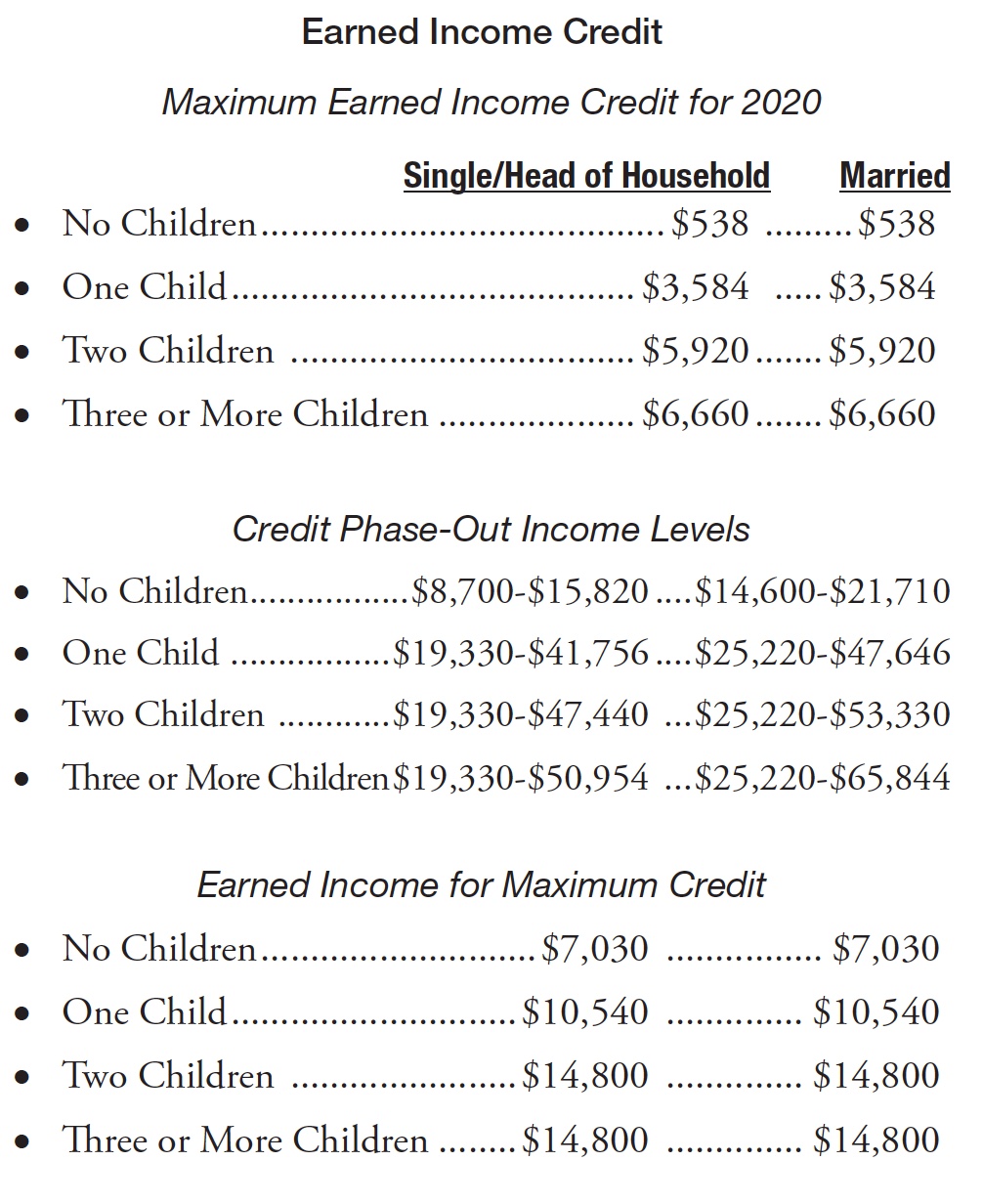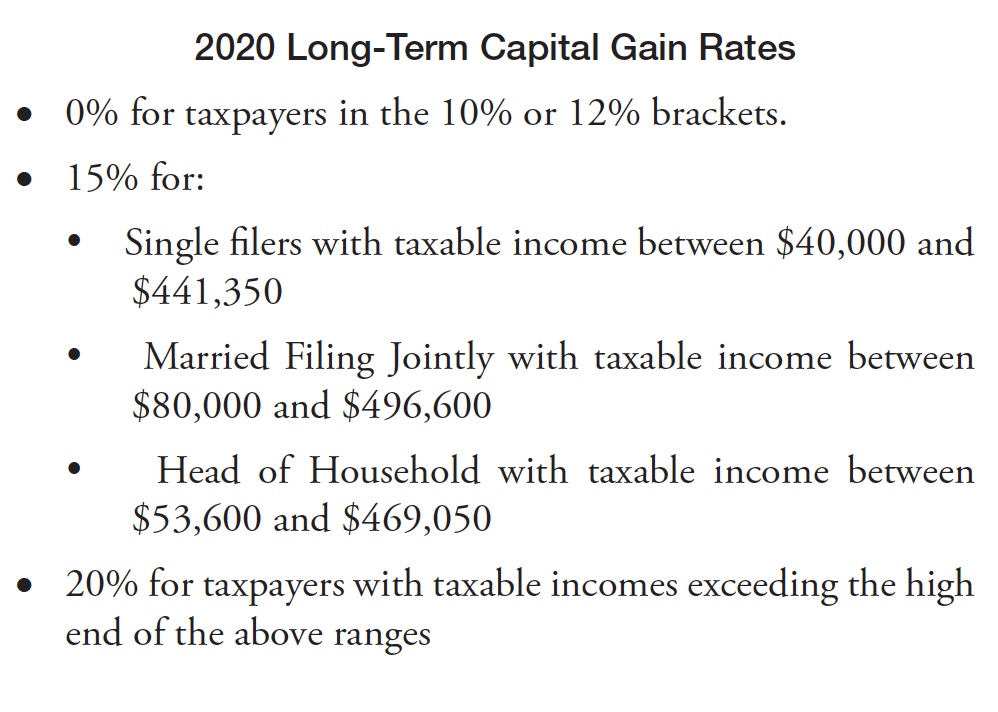View / Download June-July 2020 Article – PDF File
Tax Trends and Developments Column – Michigan Family Law Journal
Facts
- H and W both had pensions to divide after a nineteen year marriage.
- W had a Michigan county pension and H a Michigan public school pension.
- A CPA testified that there were two basic differences in the pensions:
- H’s school pension included an automatic COLA provision (MIP) by which it would increase by 3% a year. W’s county pension had no such provision.
- Also, H’s school pension allowed an alternate payee to access his/her share before the participant retired.
W’s county pension, however, did not allow alternate payee access until the participant actually retired.
- H, 45 years old, could retire at age 48 and intended to do so. He was free to seek other employment after retiring. W, also 45, had to wait until age 60 to retire.
- The CPA proposed a partial offset method to adjust for the differences in the two pensions.
- The trial court ruled that “the most equitable method for division” was to award each party a 50% interest in the other’s pension.
- H appealed, claiming in part that when he retired at age 48, he could not live on half of his pension.
- He also claimed that his ability to work after retiring would be relevant only if the court were determining an award for spousal support.
Court of Appeals Ruling
- The Court upheld the lower court’s decision.
- Essentially, the Court ruled that both pensions, with their respective features, were marital assets and that dividing them equally was appropriate.
- The Court also noted that earnings ability is relevant to property distribution as well as to spousal support.
Comments on the Case
- Since H stated no reason (e.g., health) why he could not work after retiring at age 48, his claim was not very persuasive.
- Determining the present values of the two pensions would not likely have provided a workable solution in this case. Reason – H’s pension would probably have been far more valuable than W’s pension – making an offset not feasible because:
- It was payable from age 48 for life vs. W’s being payable from age 60 for life.
- The twelve extra years were earlier, more valuable years in the present value calculation.
- H’s pension increased each year whereas W’s did not.
- Though not an issue in the Reed case, whenever dealing with a Michigan public school pension, one needs to be mindful of recoupment.
Recoupment occurs if (1) the alternate payee begins drawing his/her share before the participant (1) is age 60 and (2) retires, and (2) the participant works beyond normal retirement age of 60. The resulting reduction of the participant’s bene.t is drastic.
A way to prevent recoupment is to provide that the alternate payee cannot begin drawing before the participant reaches age 60.
About the Author
Joe Cunningham has over 25 years of experience specializing in financial and tax aspects of divorce, including business valuation, valuing and dividing retirement benefits, and developing settlement proposals. He has lectured extensively for ICLE, the Family Law Section, and the MACPA. Joe is also the author of numerous journal articles and chapters in family law treatises. His office is in Troy, though his practice is statewide.
View / Download June-July 2020 Article – PDF File
Complete Michigan Family Law Journal available at: Michigan Bar website – Family Law Section (subscription required)






